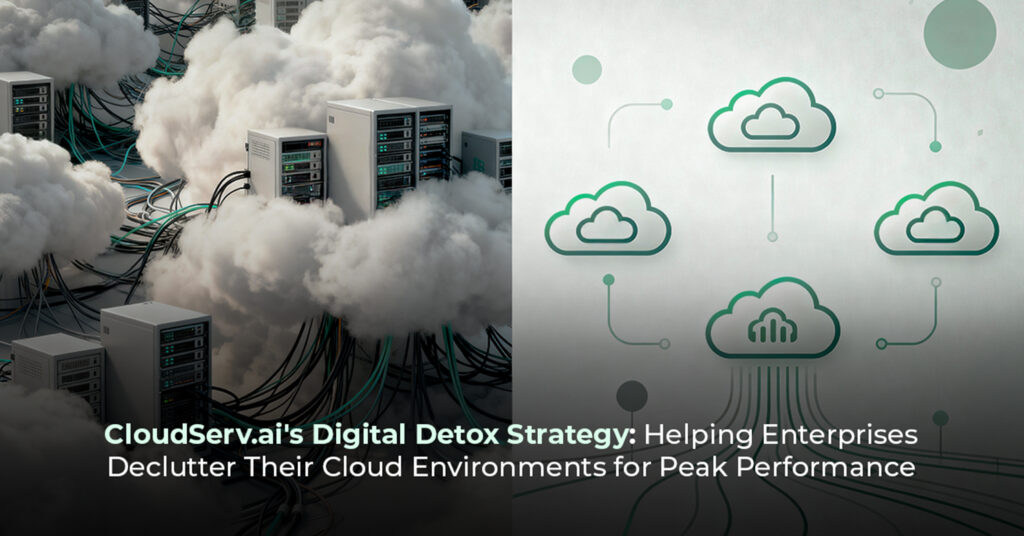The Talk vs. The Tech
“Sovereign AI” has become the new buzzword in boardrooms and tech conferences alike.
You’ve seen it slides with words like data localization, digital autonomy, and ethical AI floating beside futuristic stock photos of data centers.
But behind all that theater, there’s a simple reality: most organizations don’t need another slogan.
They need AI systems that respect data boundaries, meet regulations, and still ship features on time.
This article isn’t about waving flags. It’s about building sovereign AI that actually works.
What Sovereign AI Really Means (And What It Doesn’t)
Let’s start by cutting through the noise.
Sovereign AI is not about locking your models in an underground bunker or rejecting cloud innovation.
It’s about control who governs your data, your model weights, and your AI operations.
In practice, sovereignty lives across three layers:
- Data Sovereignty: Knowing where data lives and who can touch it.
- Model Sovereignty: Controlling how your AI models are trained, tuned, and deployed.
- Operational Sovereignty: Dictating who has keys to the system literally and figuratively.
In short: sovereignty isn’t isolation. It’s intentional governance.
The Real Problem: Compliance Theater
Let’s be honest a lot of what’s called “sovereign AI” today is compliance theater.
You’ll see it when:
- Teams deploy a “region-locked” data center… but telemetry still reports back globally.
- Enterprises publish 80-page governance PDFs… but no runtime enforcement exists.
- Policy boards discuss ethics, but pipelines keep calling APIs across jurisdictions.
The result? A false sense of control and massive exposure when audits or regulators come knocking.
Sovereignty that lives on slides isn’t sovereignty at all.
The goal isn’t compliance presentations. It’s compliance that runs in production.
Designing Sovereign AI That Ships
Building practical sovereignty isn’t glamorous, but it’s achievable.
Let’s break down the architecture of sovereign AI that actually delivers:
1. Federated Model Governance
Train models globally, deploy them regionally.
The training pipelines can leverage distributed compute, but control over deployment and fine-tuning stays within jurisdiction.
Each model version carries a “passport” its origin, region, and compliance profile.
2. Policy-as-Code for AI Pipelines
Don’t rely on documents. Express governance as machine-readable code.
Use metadata, tags, and access rules that automatically enforce region-based constraints at runtime.
For example:
- Training data from EU? → Only deploy in EU regions.
- Model fine-tuned in the US? → Restrict serving to US-only endpoints.
3. Encrypted Telemetry & Localized Audit Trails
All AI systems emit data logs, traces, metrics.
Make sure those flows don’t cross borders.
Encrypt telemetry and maintain region-specific audit trails that can survive an external audit.
4. Regional LLM Adapters
Instead of retraining large models from scratch, fine-tune local adapters for specific regions.
That way, global innovation meets local regulation and latency improves too.
Data Residency Without Killing Velocity
A common myth: enforcing data residency slows everything down.
But it doesn’t have to.
Smart organizations are adopting “compute comes to data” models.
Instead of moving terabytes across borders, they bring the training and inference logic to the data.
Here’s what this looks like in practice:
- Using federated data access layers with localized caching.
- Training with synthetic or anonymized data for cross-border collaboration.
- Implementing data pipeline tagging, so every dataset is tracked by geography and purpose.
Residency isn’t a blocker it’s just another axis of architecture.
Model Governance That Doesn’t Kill Innovation
The best model governance is invisible it works quietly behind the scenes.
Instead of endless approval chains, modern teams bake governance into their MLOps pipelines:
- Each new model version automatically checks compliance metadata before deployment.
- Bias, fairness, and explainability reports generate as part of CI/CD.
- Approval workflows happen inside the platform, not on email threads.
Governance done right becomes a delivery accelerator, not a roadblock.
The Cloud’s Role in the Sovereignty Equation
Cloud providers have caught on.
They’re building sovereign cloud stacks dedicated data centers that meet national regulations, with client-held encryption keys and independent audit layers.
But even with these offerings, sovereignty is shared responsibility.
- The cloud provider ensures isolation.
- The enterprise enforces usage policy.
In practice, true sovereignty means choosing your cloud smartly not avoiding it.
What’s Next: Programmable Sovereignty
In the next few years, we’ll move from manual policy enforcement to programmable sovereignty where compliance rules are API-driven and baked into orchestration logic.
Imagine this:
- An AI scheduler automatically deploys workloads based on jurisdictional metadata.
- Compliance APIs block non-conforming jobs before they run.
- Sovereign orchestration dashboards visualize regional data lineage and model residency.
In other words: sovereignty as code.
Compliance that runs, not compliance that reports.
Final Thought: Control Without the Drama
Sovereign AI doesn’t have to be loud, complicated, or political.
It’s about building AI systems that respect borders technical, ethical, and legal while still shipping on time.
The organizations that win won’t be the ones shouting about sovereignty.
They’ll be the ones who quietly mastered it making control and compliance a feature of their architecture, not a footnote in their policy.
So here’s the question worth asking:
If your AI infrastructure had to pass a sovereignty audit tomorrow… would it survive, or would it just look good in PowerPoint?



